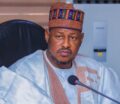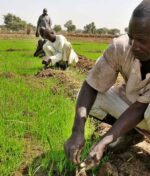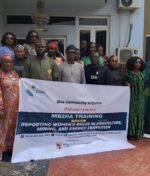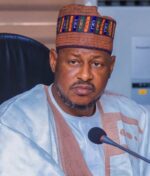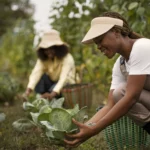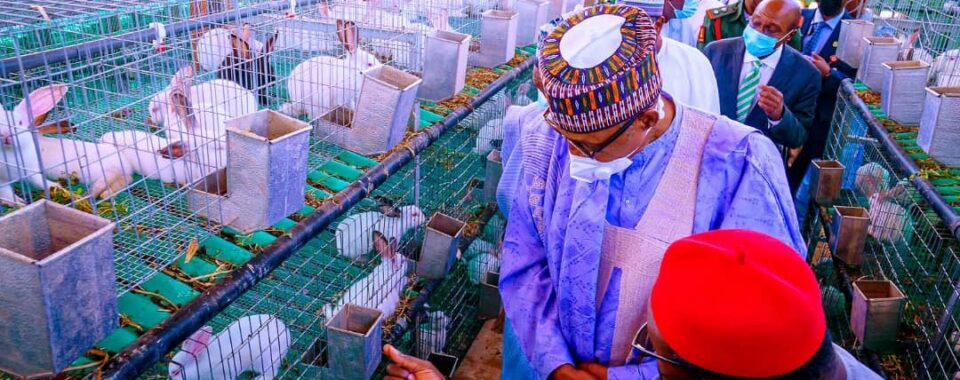
Nigeria mourned the passing of one of its most outstanding leaders, Muhammadu Buhari, who died on Sunday, July 13, 2025, at the age of 82 in a London hospital. A former military ruler turned democratically elected president, Buhari was a figure of discipline, resilience, and enduring national relevance. As tributes pour in from across the globe, many are reflecting on the chapters of his life that shaped Nigeria’s journey, particularly his years in office from 2015 to 2023.
While his presidency was marked by both praise and criticism, one area where his impact remains widely acknowledged is agriculture. For a nation long dependent on food imports, Buhari’s administration pushed forward reforms aimed at revitalising local farming, supporting rural communities, and redefining food security. As the nation bids farewell to a man who served it in both uniform and civilian attire, we immortalise him by remembering the seeds of transformation he planted across Nigeria’s agricultural sector.
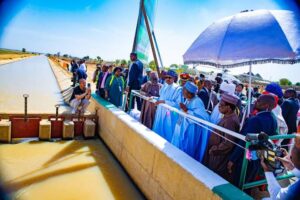
Former President Muhammadu Buhari inaugirating the 5700-hectare Hadejia valley irrigation scheme in Auyo LGA of Jigawa state.
1. Anchor Borrowers Programme (ABP)
While President Buhari held office, one of the most transformative legacies he left behind was the Anchor Borrowers Programme (ABP). Launched in November 2015 through the Central Bank of Nigeria, it provided more than ₦800 billion to over four million smallholder farmers across the country. These farmers cultivated twenty-three major commodities, including rice, maize, cassava, poultry and fish, across five million hectares of farmland, boosting food security and empowering rural communities on a national scale.
2. Presidential Fertiliser Initiative (PFI)
During the course of his leadership, the late president also introduced the Presidential Fertiliser Initiative (PFI) in 2016. A government-to-government effort with Morocco, the programme revived Nigeria’s fertiliser blending industry. From only four functional plants at inception, the number increased to sixty-two, producing over sixty million 50kg bags of NPK fertiliser. This not only brought prices down but also ensured farmers received timely and affordable input for their crops.
3. Tractor Assembly Facility (AMEDI Lafia)
In his final year in office, President Buhari commissioned a Tractor Assembly Facility in Nasarawa State, a collaboration with the Czech Republic. This plant, located at AMEDI in Lafia, was part of a broader effort to domesticate equipment manufacturing and strengthen agricultural mechanisation across the country.
4. Special Agro-Industrial Processing Zones (SAPZ)
While serving as head of state, the late president pursued a bold vision through the Special Agro-Industrial Processing Zones (SAPZ). This joint project with AfDB, IsDB and IFAD focused on creating modern agro-processing centres with infrastructure like roads, power and water. Seven states and the FCT were selected for the pilot phase, giving farmers better access to markets, reducing post-harvest losses and encouraging value addition in the food chain.
5. National Agricultural Land Development Authority (NALDA)
Under his direct supervision, the National Agricultural Land Development Authority (NALDA) was revived after being dormant for years. The Authority launched Integrated Farm Estates across Katsina, Yobe and Imo, with plans for all 109 senatorial districts. Also under NALDA, the National Young Farmers Scheme targeted 1,000 youths in each local government area. As part of its international training component, two hundred young Nigerians were sent to Israel and Morocco to study modern farming practices and return as trainers to their communities.
6. Agriculture for Food and Jobs Programme (AFAJ)
In response to the COVID-19 pandemic, his administration rolled out the Agriculture for Food and Jobs Programme (AFAJ), training over 34,000 young graduates to digitally register and map around six million smallholder farmers across the country. This database enabled the Federal Government to provide financial grants and fertiliser access to over a million farmers, and facilitated their inclusion in the formal banking system through account creation and BVN registration.
7. National Livestock Transformation Plan (NLTP)
One of the most people-focused interventions during the late president’s tenure was the National Livestock Transformation Plan (NLTP). Designed to modernise pastoral farming and address recurring farmer-herder conflicts, the plan involved the creation of model ranches in Nasarawa, Adamawa and Plateau, with Kaduna set to follow. These ranches were developed with infrastructure such as pasture fields, water sources and milk collection centres, alongside training for herder and crop-farming communities.
8. The Green Imperative
Lastly, a cornerstone of his mechanisation agenda was the Green Imperative, a Nigeria-Brazil agricultural partnership. With nearly €1 billion in funding, the programme set out to establish over 600 service centres for farm equipment and 142 processing hubs across all local government areas. It also targeted the reactivation of six tractor assembly plants and the training of 100,000 new extension workers, ensuring knowledge transfer and long-term sustainability of local food systems.


